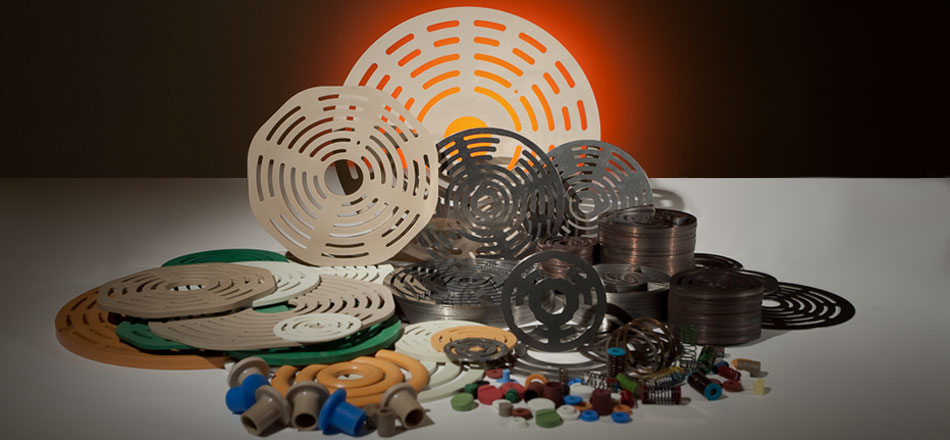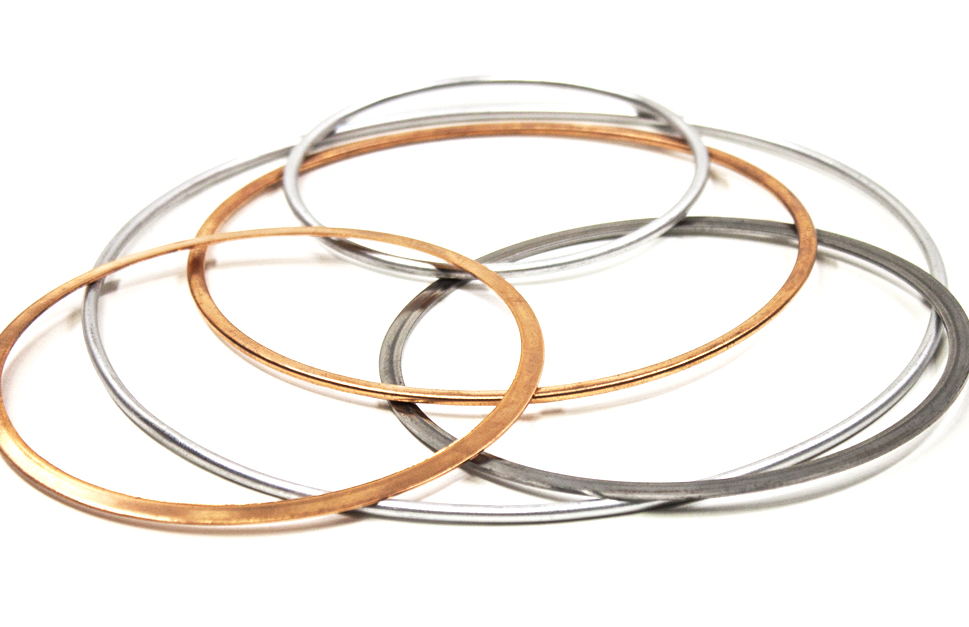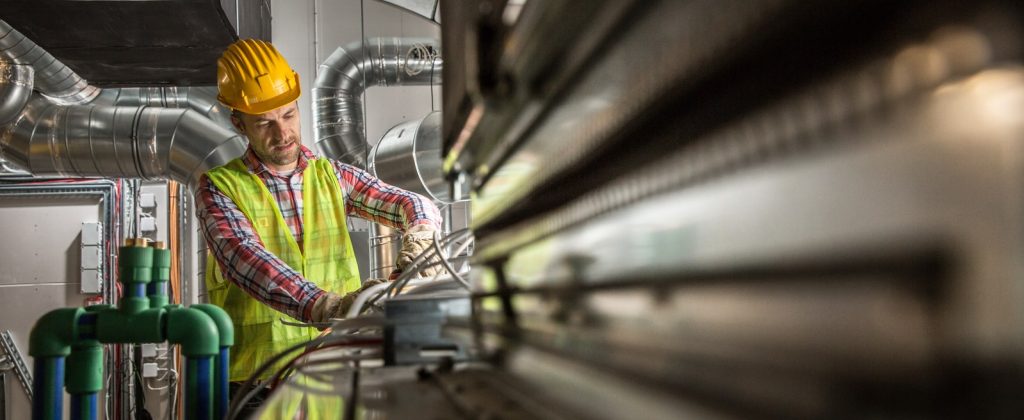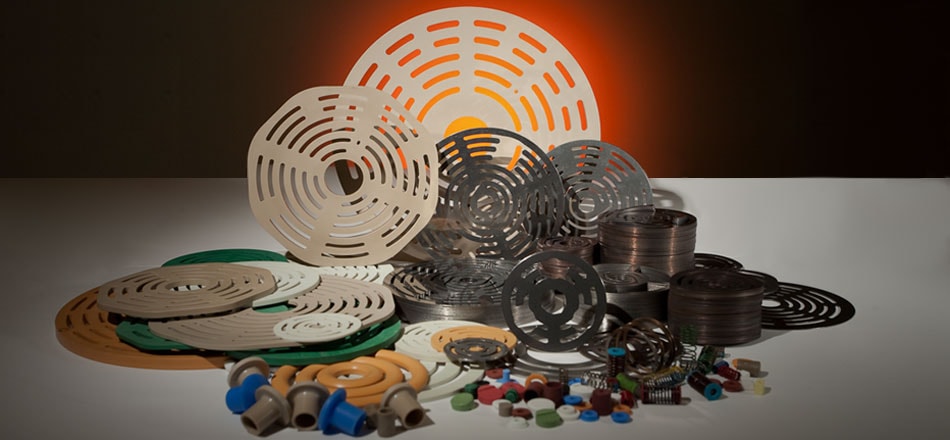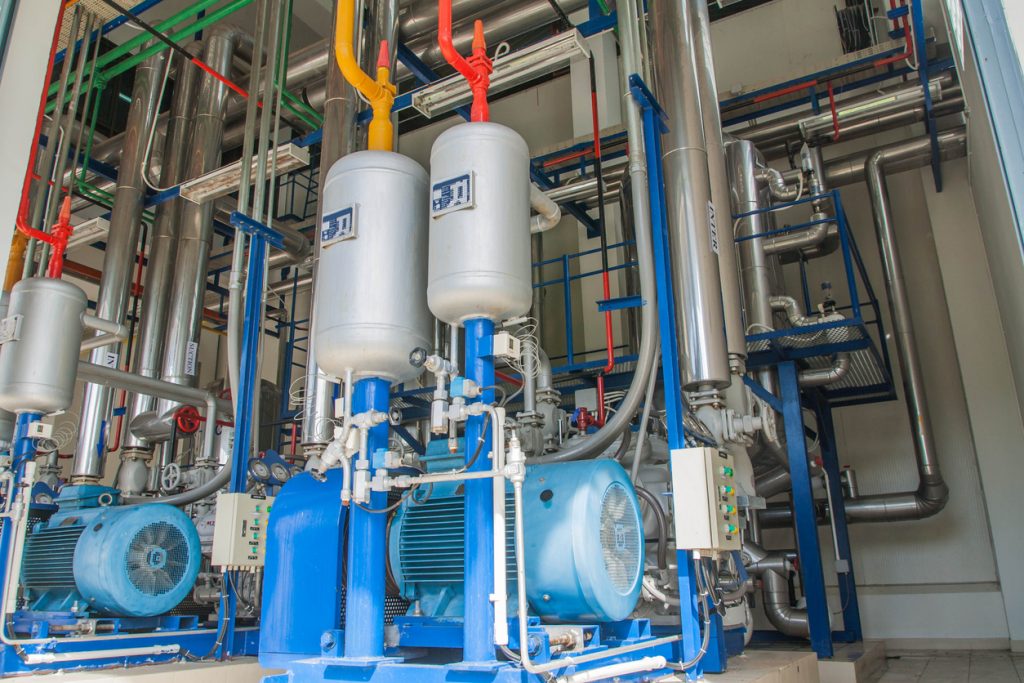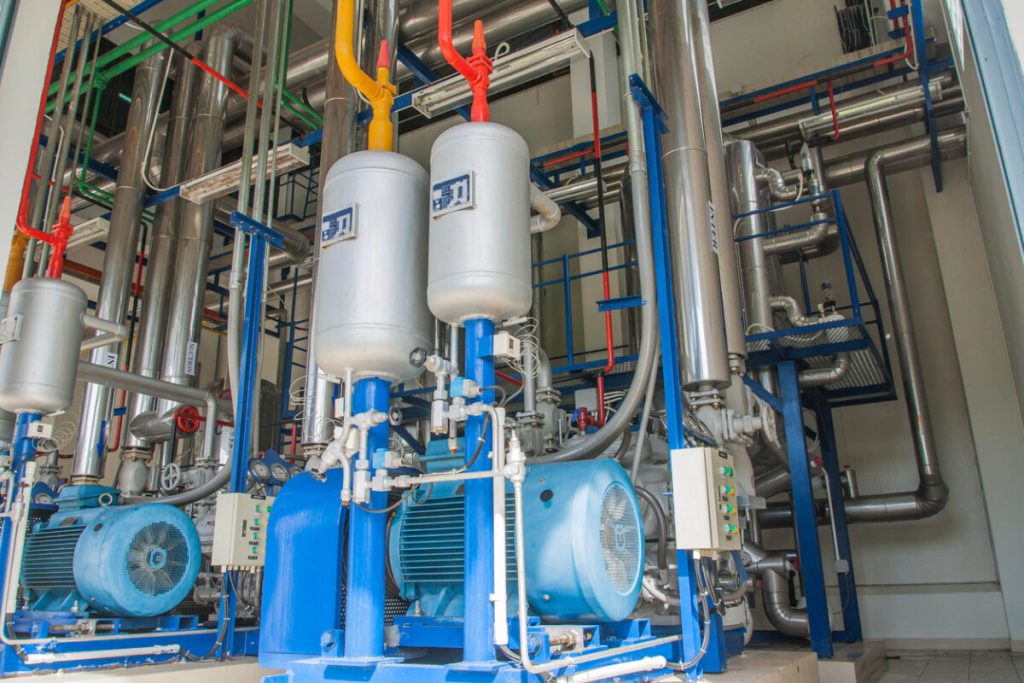Posts Tagged ‘compressor parts’
Stainless Steel Laser Cutting for OEM Precision Parts: What to Consider
Stainless steel laser cutting offers high precision, clean edges, and minimal material distortion, making it ideal for OEM precision parts. This method ensures repeatability and efficiency across complex designs and varying thicknesses. With fast turnaround and excellent surface quality, stainless steel laser cutting supports durable, high-performance components in demanding industrial applications. OEM manufacturers often face…
Read MoreGasket vs O-Ring: What’s the Difference and When to Use Each
Gasket vs O-ring: While both are essential sealing solutions, gaskets are ideal for flat, static surfaces, and O-rings work best in dynamic, pressurized environments with circular grooves. Choosing the right one depends on your application’s pressure, movement, and material needs—ensuring a proper seal, preventing leaks, and maximizing system performance. Sealing failures can lead to major…
Read MoreHow to Maintain Natural Gas Compressor Parts for Long-Term Performance
Natural gas compressor parts are critical components that ensure the efficient and safe operation of gas compression systems. Regular maintenance of valves, filters, seals, and fasteners helps prevent costly downtime and extends equipment lifespan. Using high-quality parts and monitoring system performance are key to achieving long-term reliability in natural gas applications. Neglecting routine maintenance of…
Read MoreThe Importance of Metallic Plates and Rings in Preventing Compressor Valve Wear
Metallic plates and rings are crucial in preventing compressor valve wear by reducing friction and providing a protective barrier. These components enhance valve durability, improve sealing efficiency, and extend the life of compressors. By minimizing wear, metallic plates and rings help maintain optimal performance and reduce the need for costly repairs. Compressor valve wear can…
Read MoreCompressor Efficiency Formula: How to Maximize Performance
The compressor efficiency formula helps measure how effectively a compressor converts energy into useful output. By calculating the ratio of ideal to actual power, businesses can identify inefficiencies, reduce energy waste, and enhance performance. Understanding and applying this formula is key to optimizing compressor operations and maximizing overall efficiency. Introduction Compressors play a crucial role…
Read MoreWhen Could a Reciprocating Compressor Be Damaged?
When could a reciprocating compressor be damaged? A reciprocating compressor could be damaged by overheating, improper lubrication, excessive pressure, contamination, misalignment, or neglecting routine maintenance. These factors strain critical components, leading to inefficiency or failure. Identifying early warning signs and adhering to maintenance schedules are essential for preventing costly damage and ensuring reliable performance. Introduction…
Read MoreGaskets, Seals, and Bearings: Small Parts with Big Roles in Reciprocating Compressors
Gaskets, seals, and bearings are critical components in mechanical systems, ensuring efficiency and longevity. Gaskets prevent fluid or gas leaks between surfaces, seals protect against contamination and maintain pressure, while bearings reduce friction and support motion. Together, they play a vital role in maintaining performance and reliability across various applications. A failing gasket, a compromised…
Read MoreHow Reciprocating Motion Drives the Efficiency of Reciprocating Compressors
Reciprocating motion plays a vital role in the efficiency of reciprocating compressors by driving the pistons to compress gas within cylinders. This back-and-forth motion creates high pressure in each stroke, maximizing energy transfer and enabling precise control over compression levels, making reciprocating compressors ideal for high-demand industrial applications. Maintaining efficiency in industrial machinery is a…
Read MoreHow Does a Reciprocating Compressor Operate?
A reciprocating compressor operates by using a piston within a cylinder to compress gas. As the piston moves down, it draws gas in, and as it moves up, it compresses the gas, increasing its pressure. This cycle repeats, making reciprocating compressors essential in many industrial applications for efficiently compressing gases. Understanding the inner workings of…
Read MoreThe Parts of a Piston Assembly and Its Key Role in Reciprocating Compressors
With reciprocating compressors, the piston assembly stands as a critical component that plays a pivotal role in the compression process. This intricate assembly is composed of various parts, each with its own specific function, working together seamlessly to enable the compressor to fulfill its essential purpose. In this article, we will delve into the different…
Read More
